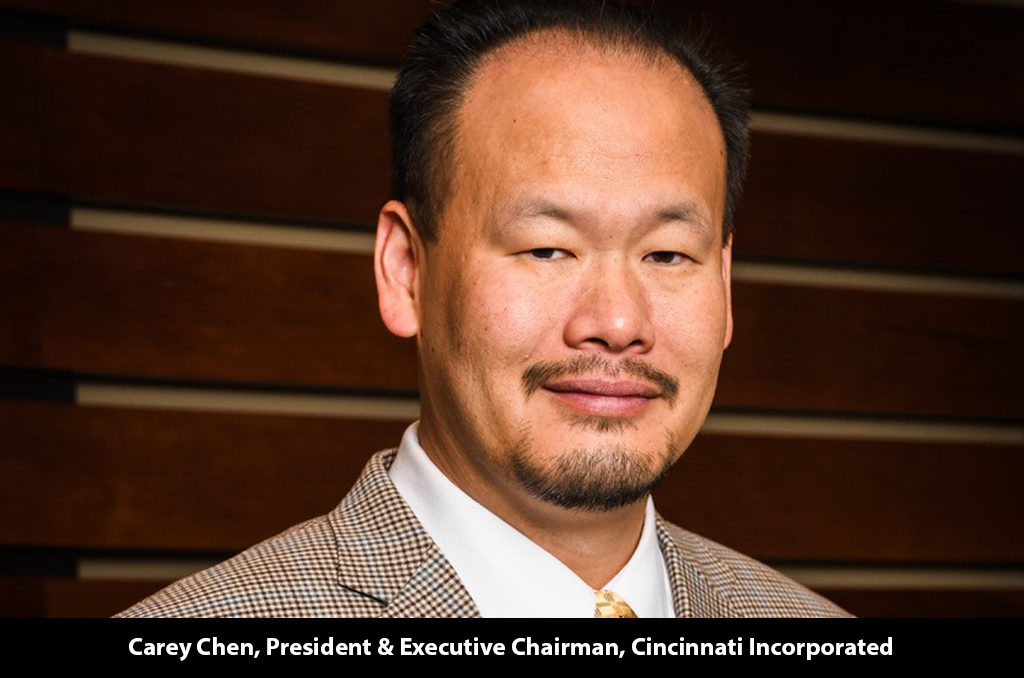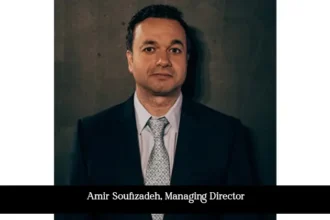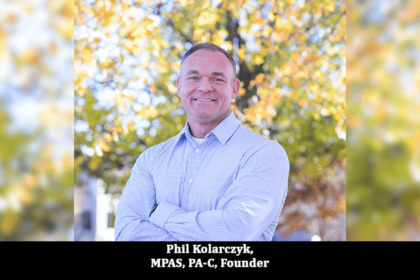The metal fabrication industry is gaining momentum with increasing demands from various end-user industries like aerospace, automotive, construction, and energy with an ever-changing customer demand. The industry aims at seamlessly streamlining production practices with a strong focus on the capability to produce high-capacity output for a myriad of customer requests while simultaneously reducing cycle time, optimizing manufacturing processes and eliminating manual errors. Meeting and exceeding client requirements is Ohio headquartered Cincinnati Incorporated (CI), who has completed 120 years of service in this domain; unequalled in this sector, holding a leadership position as one of the large-industrial machine tool manufacturers.
The Journey Up Till Now
Incepted in 1898, the company introduced the shaper and in the 1920’s, the mechanical press brake and shear. Decades of on-going innovations penetrated the marketplace , including the first linear-motor-driven laser cutting systems. CI still produces it own linear motors, controls and software, which holds a unique position in the industry as a single-source provider. Having embarked upon this journey, CI has shipped more than 60,000 machines globally since then and are proud owners of a modern 500,000 square-foot plant and technical center on a 300-acre site near Cincinnati. Recognized for its work done in this sector, CI was selected by Ohio Business Magazine as a “2018 Best Workplaces in Ohio”. With deep industry-rich experience, the right blend of technology and a highly accomplished team of professionals, the company was also chosen by Cincy Magazine as a 2018 Manny Award winner in the category of “Best Place to Work”.
Suite of Offerings
CI’s portfolio of machine tool products includes press brakes, shears, powder metal presses, lasers, plasma, and small to large scale additive manufacturing (BAAM and SAAM). CI manufactures powder metal compacting presses for the automotive industry. Attaining a deeper understanding of the powder metal press offering, a PM (powder metal) press takes a measured amount of metal powder and compresses it into a part. “Typical transmission or engine parts that might be machined in half an hour can be made in about five seconds on a PM press. Unlike machining where material is cut away and scrapped, the PM press only uses enough powder to make the part. It is an additive process not a subtractive process,” explains Carey Chen, President and Executive Chairman, Cincinnati Incorporated. The PM Presses promise durability. The team believes that rather than replacing machines, they have researched for innovative ways to help its existing customers be more productive by offering a wide range of machine and control upgrades. “Upgrades can provide set-up time reduction, higher part quality, extended tool life and reduced set-up effort at a fraction of the cost of purchasing a whole new press,” adds Carey.
Devoid of the cookie-cutter approach and unlike vendors offering off-the-shelf products, the company offers its novel BAAM (Big Area Additive Manufacturing) which is deemed as one of the world’s largest 3D printers. The Cincinnati BAAM can be leveraged to make prototypes, such as show cars quickly and affordably. The product builds durable parts out of carbon fiber reinforced thermoplastic. A notable aspect of the offering is that body panels and structural components can be made in hours instead of months, thereby permitting to direct the saved resources elsewhere within the organization. Having catered to a broad spectrum of well-renowned customers, CI partnered with an American motor vehicle manufacturing company; a technology company that designs, builds and sells mobility solutions. The teams joined their forces and worked together where BAAM was used to make tools that are used to vacuform some of the customer’s autonomous bus body panels.
Yet another key offering by CI is its new 3D printing machine, the SAAM or Small Area Additive Manufacturing system which has been engineered to share so it can easily be utilized by a small or large group of engineers. Exclusive CI Print software allows CAM programming and machine scheduling by any user with a web browser. No longer does an Automotive Engineer need to tend to the 3D Printer. The system does not demand for much manual intervention as the machine automatically unloads itself and then prepares the next part in the queue. A feature-rich system, SAAM prints in durable thermoplastics like PLA and can be used for visualization models and prototypes. SAAM parts can be utilized to tailor-make fixtures and robotic end effectors. The SAAM HT proffers the same features with the ability to print in higher temperature thermoplastics like ULTEM. High temperature plastics can even be used to make welding fixtures.
Gearing Up for the Future
Having carved a niche for itself in this domain, CI intends to continue to add more size formats (small, medium, big), material and multi-material offering to the Additive Manufacturing sector. As emerging technologies take over, the team’s energies centered towards innovation and development will also be focused on resolution, speed and simplifying the overall 3D printing process. In conjunction with this, the company believes that automation will take over the business landscape as the company has geared itself with its robust MARCH System (Multi Axis Rapid Cincinnati Handling System) which is an evolution in laser automation and lights out operation. It offers fast cycle times and expandability in both material size and material storage. Simultaneously, RIBS (Robotically Integrating Bending Solution) offer significant cost and productivity benefits for medium to high-volume fabricators by integrating a robot and a press brake to change tools and bend parts. As CI steps into the future of industrial machine tool manufacturing, the company plans to delight its customers even more with its comprehensive suite of products.










